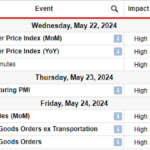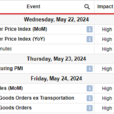
One of my clients recently sent me an article from CNBC on the big shift in thinking for retirees with the need for an income plan. The story essentially centers on the conundrum of how to generate an acceptable yield without taking an inordinate amount of risk.
All of the usual concerns were cited:
While none of these factors are particularly groundbreaking, they do bring into question the historical doctrine of asset allocation decisions from initial retirement years through later stages of life expectancy. Most investors have been told to shift additional money to bonds and cash as they grow older to ward off stock volatility and enhance their income streams.
One popular method involves using your age to determine your bond allocation – i.e. if you are 75 years old, you should have 75% of your portfolio in bonds and the remaining 25% rest in stocks or cash. That logic may have worked for decades of falling interest rates and rising bond prices. However, faced with the potential for a cyclical or secular rising interest rate environment, this strategy may not seem all that attractive.
The natural conclusion is that retirees should be shifting more money to stocks with less emphasis on bonds in order to make up the income shortfall in their portfolio and avoid rising rates. That will certainly allow you to sidestep a meaningful dip in the bond market. Nevertheless, what is not mentioned is the additional volatility this will introduce through the natural ebb and flow of stocks.
Bear markets can have devastating consequences for your wealth, which seem to be marginalized by the fact that we haven’t experienced one in the last six years. The 2008 financial crisis seems pretty dim in the rear view mirror, especially in the context of reduced volatility in broad-based stock indices such as the SPDR S&P 500 ETF (SPY). It seems like we have become conditioned to expect every 2-4% dip in SPY is going to be bought.
















